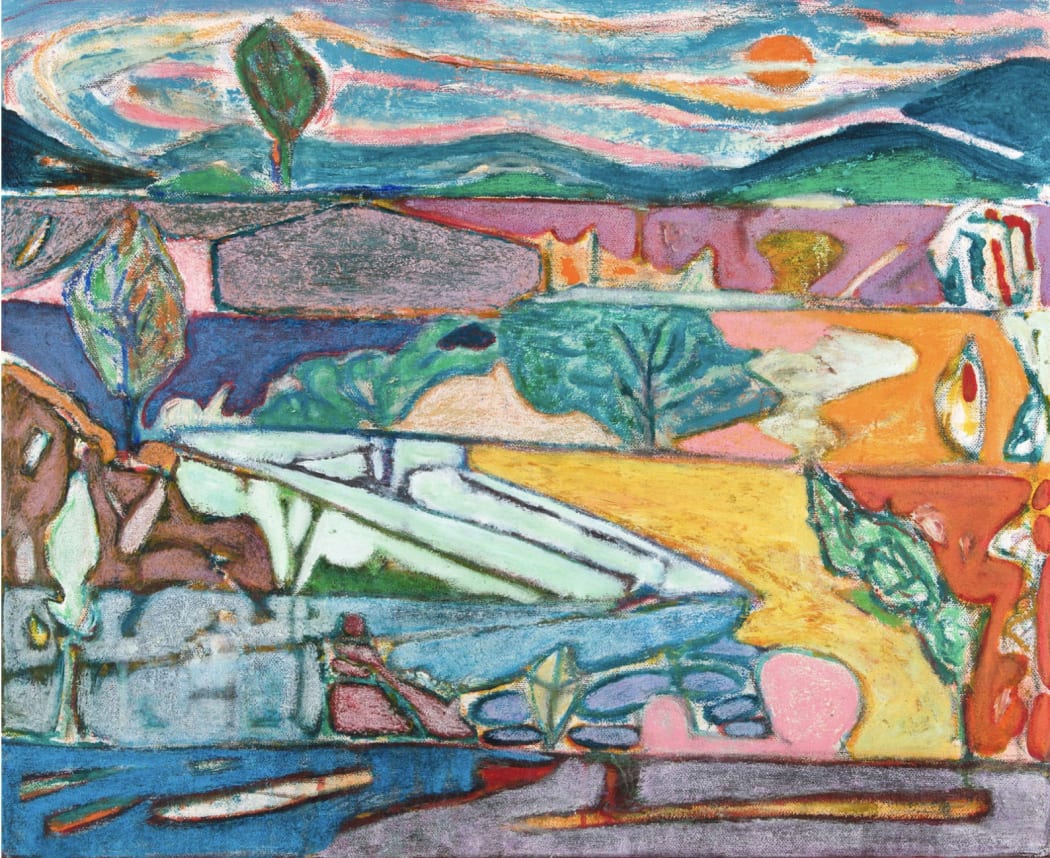
In a world increasingly shaped by utility and functionality, the question of art’s necessity arises frequently. From the perspective of utilitarianism, where the value of something is measured by its ability to produce practical outcomes, art can seem superfluous. It does not directly feed the hungry, cure diseases, or build infrastructure. Yet this perspective profoundly misunderstands art’s role in human life and its capacity to transcend mere functionality. Art exists beyond utility, offering a space for emotional, intellectual, and cultural growth, challenging the rigid frameworks of utilitarian thought.
The Limitations of Utilitarianism
Utilitarianism, as articulated by philosophers like Jeremy Bentham and John Stuart Mill, posits that the best actions or objects are those that maximize happiness or well-being. While this framework has been invaluable in ethical reasoning, it often reduces human experiences to measurable outputs. In this context, art might be dismissed as unnecessary—its contributions to happiness seen as ephemeral, subjective, or secondary to more quantifiable results.
However, this reductionist view neglects the nuanced and multifaceted impact of art. Happiness is not merely a function of material comfort or physical security; it also encompasses fulfillment, connection, and self-expression. Art addresses these deeper layers of human existence, which cannot be quantified or confined to a utilitarian calculus.
Art as a Space for Emotional and Intellectual Growth
One of the most compelling arguments for art’s necessity lies in its ability to evoke complex emotions and provoke critical thought. Unlike tools or machines, which serve clear and defined purposes, art invites interpretation, offering multiple layers of meaning. This interpretive space encourages viewers to engage with their own emotions and ideas, fostering empathy and self-awareness.
For instance, the paintings of Mark Rothko do not depict specific scenes or tell explicit stories. Yet their vast colour fields resonate deeply with viewers, drawing them into meditative states that challenge the fast-paced, goal-oriented mindset of utilitarian society. Similarly, the plays of Bertolt Brecht encourage audiences to reflect critically on social injustices, promoting awareness and action in ways that are neither immediate nor quantifiable.
By creating spaces for reflection and introspection, art enriches human experience in ways that no purely practical object can. It allows us to grapple with existential questions, connect with others across time and space, and imagine alternatives to our current reality.
Art and the Unmeasurable
A central flaw in utilitarianism is its reliance on metrics to determine value. Yet many of art’s contributions to society are unmeasurable. How can one quantify the emotional release of hearing a moving symphony, the sense of connection in reading a novel that articulates one’s unspoken feelings, or the inspiration sparked by a bold sculpture? These experiences resist categorisation but are no less real or impactful.
Philosopher Immanuel Kant argued that art serves a vital role in human life because it engages our capacity for free play between imagination and understanding. Unlike objects designed for specific ends, art’s purpose is intrinsic; its value lies in the experience it creates. This freedom from utility allows art to transcend the mundane, offering a glimpse into higher realms of human creativity and thought.
Art as a Protest Against Reductionism
Art also functions as a critique of the very frameworks that seek to diminish its importance. By existing outside the realm of utility, art challenges the idea that everything must serve a practical purpose. This defiance is itself a profound statement, reminding us that not all aspects of life can or should be reduced to functions and outputs.
Artists like Marcel Duchamp, who famously exhibited a urinal as a piece of art, underscore this resistance. His work challenged viewers to question what art is and why it matters, breaking down utilitarian expectations and broadening the scope of artistic and philosophical discourse.
Similarly, the surrealist movement, with its dreamlike and nonsensical imagery, rejected the rationality and practicality that dominated early 20th-century thought. In doing so, it created a space for the irrational, the emotional, and the subconscious—elements of human existence that utilitarianism struggles to accommodate.
Art and the Human Condition
Ultimately, art’s greatest power lies in its ability to reflect and shape the human condition. It captures the essence of what it means to be human—our joys, sorrows, fears, and hopes—providing a mirror through which we can better understand ourselves and each other. This function is not practical in a narrow sense, but it is profoundly necessary. A society that dismisses art risks losing touch with its own humanity, becoming mechanistic and soulless.
As bell hooks eloquently stated, “Art is an act of resistance, an act of protest, an act of defiance.” It is through art that we reclaim our individuality and our shared humanity, breaking free from the reductionist chains of utilitarianism.
Conclusion
Art’s role in society transcends the bounds of practicality. While it may not directly build bridges or cure diseases, it builds connections, fosters empathy, and cures the alienation of the soul. By resisting the utilitarian impulse to measure and justify everything by its immediate usefulness, art opens a space for creativity, freedom, and the full breadth of human experience. It reminds us that there is more to life than mere survival and productivity—that there is beauty, meaning, and transcendence to be found in the unnecessary.
Further Reading:
-
Art For Art’s Sake: The Philosophy of Creating Art Beyond Practical Purpose
-
Art and Interpretation - Internet Encyclopedia of Philosophy
